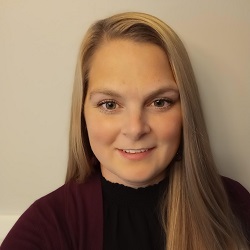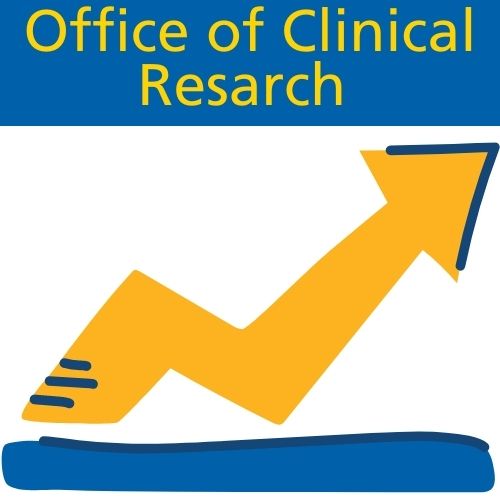New Feasibility Assessment Can Tell You What It Will Take to Run Your Clinical Trial
Clinical trials often fall flat because they didn’t have the appropriate resources or access to a large enough pool of prospective participants. While clinical research organizations and trial sponsors often conduct site feasibility surveys, those surveys are built around the CRO’s or sponsor’s needs, not the study team’s.
The UR CTSI’s Office of Clinical Research has rolled out a new internal feasibility assessment that University of Rochester researchers can use to assess what it will truly take to run a proposed clinical trial as well as any risks. The assessment weighs what is required to ensure success of the study – from resource needs like staffing, investigator availability, space, equipment and patient population, to financial feasibility and the timeline for study startup and enrollment.
“This is meant to be a helpful, informational tool for researchers, not an enforcement tool,” said OCR Director Nicole Mason, M.S. “We want to collect and provide information to help investigators and their departments make informed decisions on whether or not to pursue a given trial.”
The three-step process, which is free, quick, and easy, starts with a simple “go/no-go” checklist, which brings to light certain key aspects of the study that may prevent it from moving forward. For instance, studies may require using platforms or vendors that are not approved for research use at the University. Rather than finding that out during the ancillary data security review, which is conducting during the IRB submission process – after substantial time and effort has been expended, teams can learn about the issue early and forego the study or address the issue proactively.
If a study is deemed a “go,” it moves onto a weighted feasibility risk assessment, which takes into account things like the participant population, tasks and perceived burden for participants, current work load of investigators and coordinating staff, as well as past experience with the CRO or sponsor. Much like golf, the lower a study’s risk assessment score, the better. While any study can move onto the next and final step – a “break-even” analysis – it is particularly recommended for studies with a higher risk score.
The break-even analysis provides a deeper dive into the financial aspects of a study, digging into the minutiae of billable tests and procedures required at participant visits, billable study team hours, pharmacy fees and other fixed or research costs. The final output shows how many participants need to be recruited and enrolled in a study for it to break even financially.
“This tool is not one-size-fits-all,” said Caledonia Banker, senior feasibility and analytics coordinator in the OCR. “Every single clinical research study is unique and this tool can adapt to the uniqueness of each study. It’s very nimble.”
The assessment is also being continuously refined with the help of a working group with representation from across the Medical Center. As more teams use the assessment, it will become even more accurate and easy to use. Ultimately, the OCR hopes it will become self-serve, so researchers can run studies through the assessment themselves.
Armed with information from the assessment, investigators and departments can make better decisions about which clinical trials to invest time and effort into – and can be confident that they have what they need to successfully run those trials.
As an added bonus, going through the feasibility assessment can set research teams up for further help from the OCR. The OCR can assess potential study populations in TriNetX, submit confidential disclosure agreements or non-disclosure agreements on behalf of study teams, assist in departmental review when a study is submitted to the IRB, and help negotiate with study sponsors.
Learn more about OCR’s Feasibility Services and request a feasibility assessment to get started.
Michael Hazard | 1/30/2023


